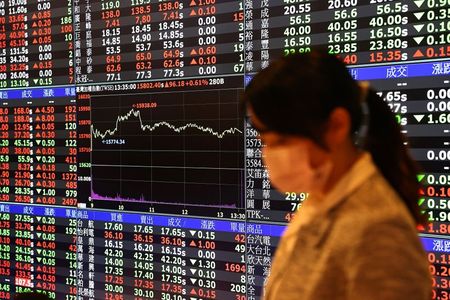Friends, fellow traders, buckle up! The palm oil market is sending some seriously unsettling signals. Malaysian palm oil inventories are projected to surge a hefty 15% in May – a figure that’s already got bears salivating. We’ve already witnessed a painful 22% drop from the recent highs, and the question now isn’t if further declines are coming, but how severe they’ll be.

Photo source:www.bloomberg.com
Let’s break down what’s happening. Stronger-than-expected production in Malaysia is clearly the primary driver. Increased yields, coupled with improving weather conditions, are flooding the market with supply.
Historically, rising inventories put significant downward pressure on prices. That’s basic economics, folks. More supply than demand always equals lower prices, unless something fundamentally shifts in the demand equation. Right now, that shift isn’t visible.
Adding to the complexity, global economic headwinds are dampening demand from key importing nations like India and China. Concerns about a potential recession are softening overall economic activity, and that translates to reduced consumption of edible oils.
Palm Oil Fundamentals – A Quick Refresher:
Palm oil, derived from the fruit of the oil palm tree, is the world’s most widely traded vegetable oil. It’s a crucial ingredient in everything from food production and cosmetics to biofuels.
Global palm oil production is heavily concentrated in Indonesia and Malaysia, accounting for roughly 85% of global supply. Therefore, weather patterns and government policies in these regions wield tremendous influence over price movements.
The price of palm oil is also highly sensitive to changes in energy prices, particularly crude oil, as it’s increasingly used in biodiesel production. Rising crude oil prices often support palm oil’s price, while falling crude oil exerts downward pressure.
Looking ahead, traders need to closely monitor inventory reports, production data, and global economic indicators. Don’t just follow the herd – do your own research! This isn’t a market for the faint of heart, and remember: risk management is paramount. We could see continued downside pressure in the short to medium term, but contrarian investors might be eyeing a potential long-term value play if prices overcorrect.






